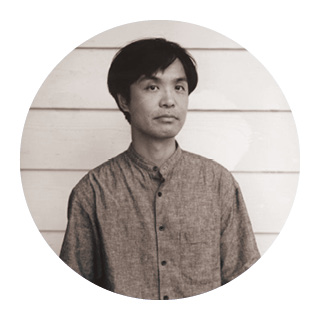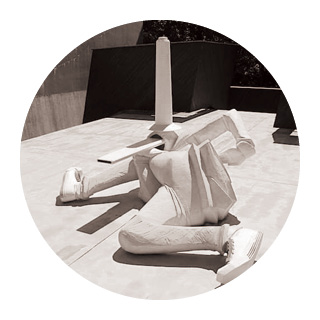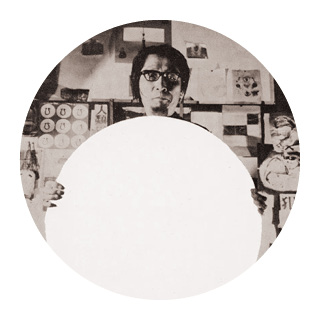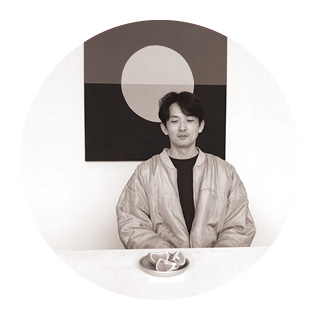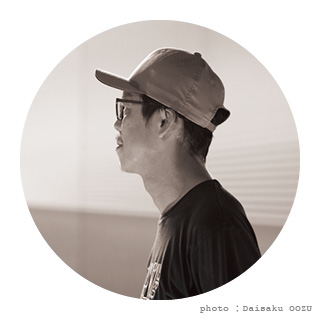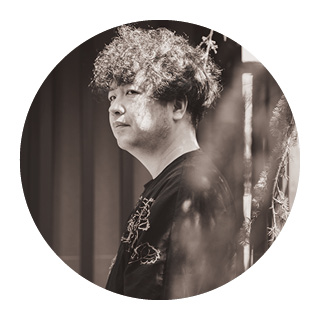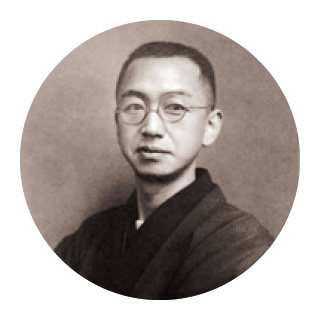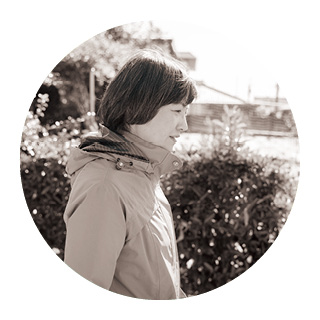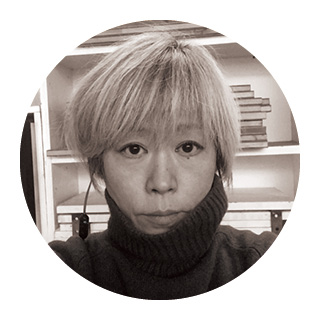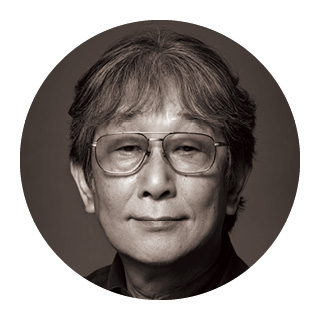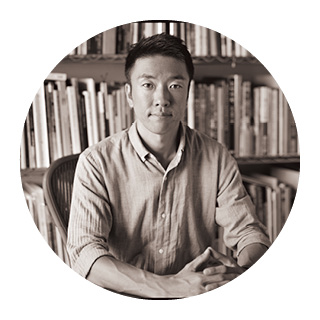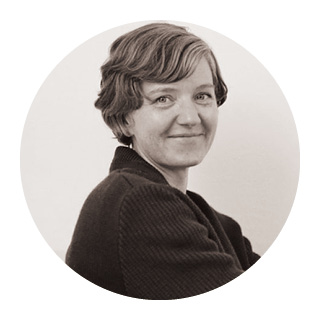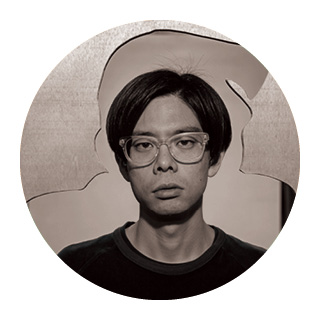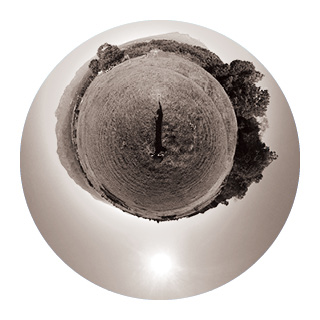
釘町彰
Akira Kugimachi展示会場
昭和43(1968)年生まれ。幼少期をヨーロッパで過ごし、多摩美術大学院絵画科日本画専攻修了後、マルセイユ国立美術学校、パリ第8大学メディアアート科修士課程を修了。文化庁海外派遣芸術家プログラムを経て、現在パリを拠点に活動する。
Air(大気)、Lightscape(光)、Snowscape(雪)シリーズなど、独自の解釈を施したランドスケープを主に、揉み紙を施した和紙と墨、天然岩絵の具の技法を用いながら、写真や映像などのデジタル技術を駆使した絵画作品を数多く制作。近年はビデオアートを取り入れた絵画作品を発表し、新たな表現を開拓している。人類の誕生以前、あるいは以後といったロゴス以前の世界を彷彿とさせる作品群は、我々がまだ認識し得ない未知の風景を彷彿とさせる孤高の世界観を生み出す。自身の作品を「時間からの解放を促す一種の装置」と位置づけ、既存の概念に囚われない芸術表現に取り組む。
Born in 1968. After graduating from Tama Art University with a major in Japanese painting, he went on to study at the École Nationale Supérieure des Beaux-Arts de Marseille and at the University of Paris 8, where he received a master’s degree in media art. Je currently live and work in Paris.
His works are mainly landscapes with his own interpretation, such as the Air, Lightscape, and Snowscape series, and he uses the techniques of washi paper, sumi ink, and natural mineral pigments, as well as digital technology such as photography and video. In recent years, he has introduced video art into his paintings, exploring new forms of expression. His works are reminiscent of the pre-Logos world, before and after the birth of humankind, creating a solitary view of the world reminiscent of an unknown landscape that we cannot yet recognize. He positions his works as “a kind of device that promotes liberation from time,” and engages in artistic expression that is not bound by existing concepts.
作品ステートメント
我々は何処から来て、何者で、どこへ向かって行くのか。
我々とこの世界の関係そのものを問う、それがアートだと思う。
もう8年ほど前になるが、年末イタリアとスイスの国境あたりを車で通った。雪に覆われ、岩肌が剥き出しになった未だ名もなき原始的な風景を目の当たりにした時、まるで別の惑星に降り立った様な時間の喪失とでもいうような感覚に陥った。具体的な色や形状がありながら、しかし同時に渾沌の中で万物が流動しながら、未だ形にならない何かが隆起していく様な生成のプロセスそのもの。老子は、その様な光が現れる以前、つまり、天と地、人間と自然、主と客、あらゆる二項対立が現れる以前の名もなき世界を「玄牝(げんびん)」と呼んだ。その様なことを考えながら、いくつかの絵画と映像を作品に残した。
軽やかでどこか優美な松本の旧司祭館には、初め光のみを描いた絵画こそがふさわしいと考え た。しかし、光のイメージはこの場所には馴染みすぎる様に思えた。やがて、光が現れる以前の 世界を描くという着想を考えた。光が現れる、つまり神がまだ光あれという以前の世界を表現することで、あらゆる宗教や二局分離が起こる以前、主客未分以前の世界を示唆し、そこから逆照射することでまさに危機に瀕している私たちの文明や人間の立ち位置を見直すことに繋がるのではないかと考えた。
Where do we come from, who are we, and where are we going?
I think art is a way of questioning the relationship between us and the world itself.
About eight years ago, I drove through the border area between Italy and Switzerland at the end of the year. When I saw the still nameless and primitive landscape covered with snow and bare rock surfaces, I felt as if I had landed on another planet and lost time. There were concrete colors and shapes, but at the same time, the process of creation itself, as if something unformed were rising up while all things were flowing in chaos. Lao Tzu called the nameless world before the appearance of such light, that is, before the appearance of the dichotomies of heaven and earth, man and nature, master and guest, and so on, “Genbin”. With this in mind, I created several paintings and videos.
At first, I thought that a painting depicting only light would be appropriate for the light and somewhat graceful old priory in Matsumoto. However, the image of light seemed to be too familiar to this place. Eventually, I came up with the idea of depicting the world before the appearance of light. By expressing the world before the appearance of light, that is, before God was still light, I thought that it would suggest a world before the separation of the two religions, before the separation of the subject and the object, and by looking backwards from there, it would lead us to reevaluate the position of our civilization and human beings, which are on the verge of crisis.
